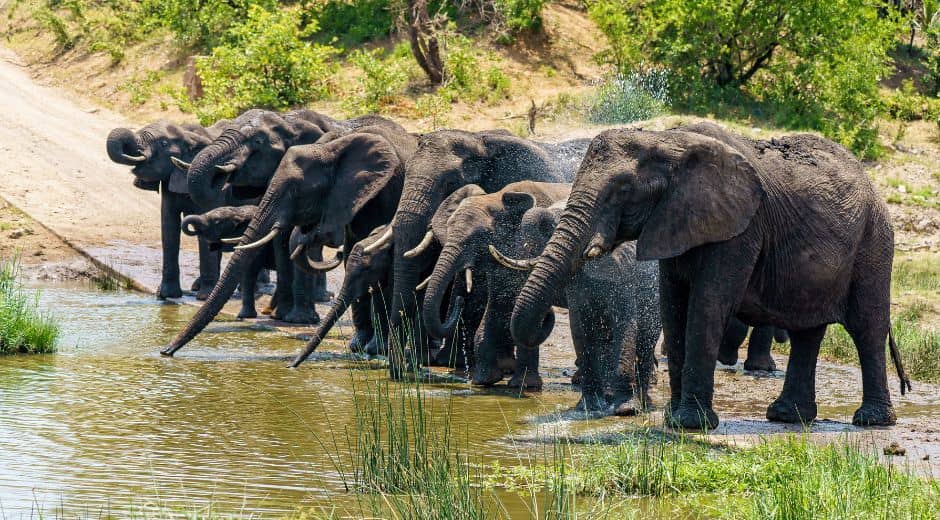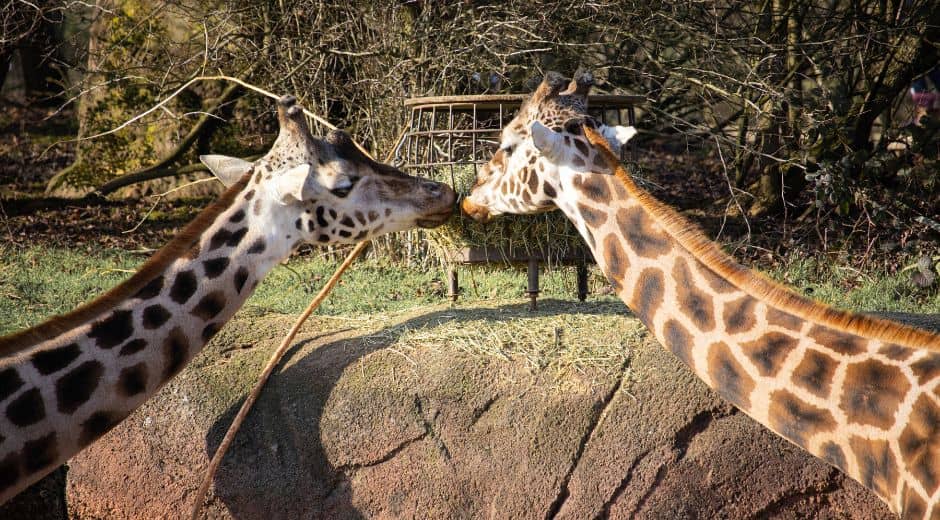Instinct or Intelligence? Decoding the Hidden Mind of Animals
Instinct or Intelligence? Decoding the Hidden Mind of Animals
For centuries, humans have observed the natural world and wondered: are animals purely driven by instinct, or do they possess a form of intelligence comparable to our own? While traditional thinking often emphasized automatic behaviors, modern research increasingly shows that many species demonstrate problem-solving, emotional awareness, and even elements of reasoning. Understanding the delicate balance between instinct and intelligence in animals is not only fascinating—it also reshapes our view of the animal kingdom and our place within it.
The Role of Instinct in Survival
At the core of animal behavior lies instinct—the innate patterns of action that ensure survival. From the moment a hatchling sea turtle makes its way to the ocean to a wolf pack hunting in synchrony, these behaviors are hardwired and often performed without prior learning. Instinct allows animals to respond quickly to environmental cues, offering a reliable roadmap for survival in unpredictable conditions.
Yet, while instinct provides essential guidance, it is increasingly clear that it is only part of the picture. Many species combine their natural drives with learning and reasoning, allowing them to adapt in ways that pure instinct cannot account for. For example, certain birds, like crows and ravens, are known to solve complex puzzles that require planning and foresight—actions that go far beyond simple instinctual responses.
Signs of Intelligence in the Animal Kingdom
Intelligence manifests in different ways depending on the species. Dolphins, for instance, communicate using a variety of sounds and gestures, forming intricate social networks and displaying behaviors that suggest empathy and cooperation. Elephants exhibit remarkable memory and emotional depth, often showing mourning behaviors for deceased herd members. These behaviors challenge the assumption that humans are the sole possessors of advanced cognitive abilities.
Primates offer some of the clearest examples of problem-solving and tool use. Chimpanzees fashion sticks to extract termites from mounds, while orangutans manipulate objects in ways that require foresight and planning. Such behaviors are not simply mechanical responses—they indicate an ability to process information, anticipate outcomes, and make decisions based on experience. In this context, instinct and intelligence often work together: innate drives guide basic survival, while cognitive skills allow flexibility and innovation.
Blurring the Lines Between Instinct and Intelligence
One of the most compelling aspects of studying animal behavior is observing how instinct and intelligence intertwine. A fox hunting for food relies on instinctual strategies, yet it may adjust its approach based on prior encounters or unexpected obstacles. Similarly, a bird constructing a nest might follow an inherited blueprint, but it often modifies the design to suit the local environment. These examples show that instinct does not operate in isolation—learning, experience, and adaptive thinking constantly interact with natural behaviors.
Understanding this balance has practical implications. Conservation efforts, for instance, benefit from recognizing both the instinctual needs and the problem-solving capabilities of animals. Reintroduction programs for endangered species often include environmental enrichment to stimulate cognitive abilities, ensuring that animals can adapt and thrive rather than relying solely on instinct.
The Emotional Dimension
Another layer of complexity emerges when considering animal emotions. Studies reveal that species such as dogs, elephants, and even some birds can experience joy, grief, and empathy. Emotional awareness suggests that certain decisions may not be purely instinct-driven but influenced by feelings and social dynamics. Observing a mother dolphin caring for a sick calf or a corvid sharing food with another bird demonstrates that intelligence in the animal kingdom extends into the social and emotional realms.
For those fascinated by these discoveries, further insights can be found at Bionaturevista, which explores detailed case studies of cognitive behaviors across multiple species. Meanwhile, travelers interested in observing wildlife in their natural habitats may enjoy resources like TripBeyondTravel, offering opportunities to witness these remarkable behaviors firsthand.
Human Perspectives and Ethical Considerations
As we learn more about animal intelligence, our ethical responsibilities toward them expand. Recognizing the depth of animal minds challenges outdated practices in captivity, hunting, and habitat destruction. When we acknowledge that creatures act not just on instinct but with awareness and problem-solving capabilities, it reshapes the way we interact with the natural world.
Platforms like Zoopora aim to bridge this understanding, providing a space where scientific research meets accessible storytelling. By exploring the intricacies of animal cognition, readers can develop a greater appreciation for the rich mental lives of the species around us.
The Ongoing Quest for Knowledge
The study of animal behavior is far from complete. Each new discovery reveals layers of complexity that blur the lines between instinct and intelligence. From octopuses manipulating objects to dolphins using tools collaboratively, the animal kingdom continues to surprise and inspire. Understanding these behaviors not only satisfies human curiosity but also informs conservation, ethical practices, and our broader understanding of life on Earth.
In the end, the relationship between instinct and intelligence in animals is not a strict dichotomy but a dynamic interplay. Instinct provides the foundation for survival, while intelligence allows adaptation, innovation, and social connection. By exploring this balance, we not only decode the hidden minds of animals but also gain insights into the evolutionary processes that connect all living beings.
Conclusion
The world of animal cognition is vast, intricate, and endlessly fascinating. As we observe, study, and reflect, it becomes clear that behaviors once dismissed as purely instinctive are often intertwined with remarkable cognitive abilities. Whether it is a chimpanzee using tools, a bird solving a puzzle, or a dolphin showing empathy, these glimpses into animal intelligence remind us that the natural world is full of minds as complex and nuanced as our own.
By blending observation with scientific study, we can continue to uncover the secrets of animal behavior, deepening our appreciation for the remarkable creatures that share our planet. Exploring this frontier challenges our assumptions, broadens our understanding, and ultimately reminds us that instinct and intelligence coexist in ways that are both subtle and profound.
Wildlife Behavior Curiosity

Understanding the Mops: Health, Care, and Personality
Tigers in the Wild: Conservation Challenges and Successes explores efforts to protect tigers, preserve habitats, and ensure their survival…

Bigăr Waterfall: Romania’s Hidden Natural Gem
Tigers in the Wild: Conservation Challenges and Successes explores efforts to protect tigers, preserve habitats, and ensure their survival…

Tigers in the Wild: Conservation Challenges and Successes
Tigers in the Wild: Conservation Challenges and Successes explores efforts to protect tigers, preserve habitats, and ensure their survival…






